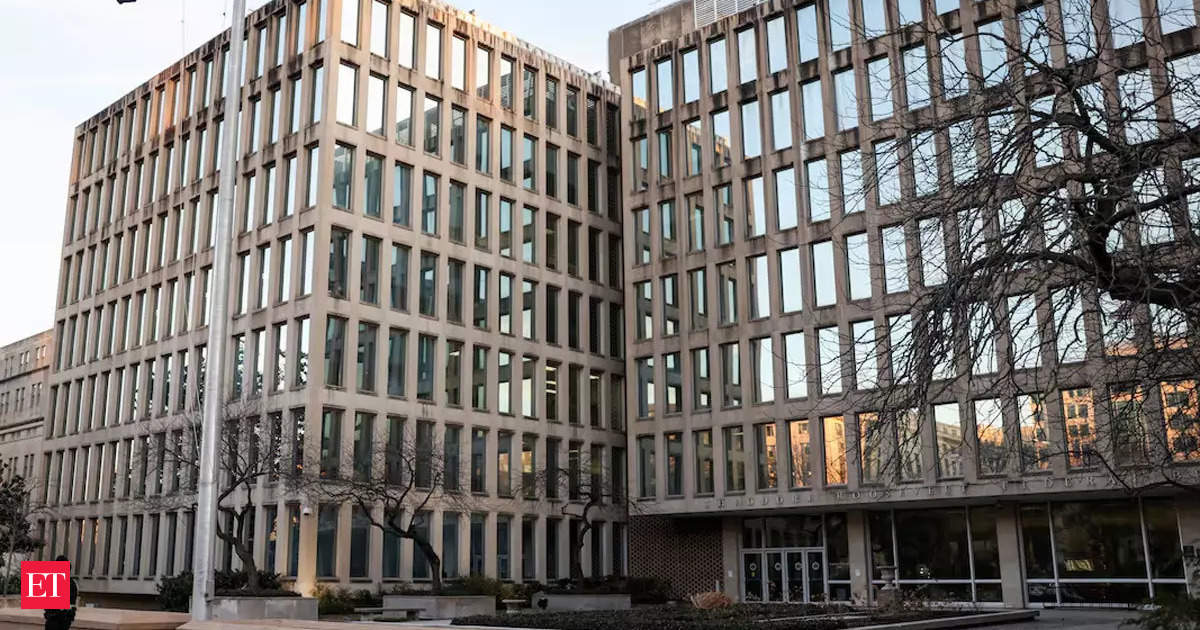Parasara Bhattar’s Sri Guna Ratna Kosa describes the qualities of Lord Ranganayaki, which may be taken to refer to the qualities of Sri Devi. There are commentaries for this work in Telugu and Sanskrit. Thirumalai Nallan Chakravarthy Ramakrishna Iyengar and Prativadhi Bhayankaram Annangaracharya wrote commentaries for Sri Guna Ratna Kosa. While Parasara Bhattar praised Lord Ranganatha of Srirangam in his Rangaraja Stava, he praised the Goddess of Srirangam — Ranganayaki — in his Sri Guna Ratna Kosa. There are many similarities between the two works, elaborated T.A.K. Srinivasacharya in a discourse.
A literary work must have certain features. First of all, it must have a good hero or heroine. The writer must have a fertile imagination. Every word in the work must be apt. The language used should be majestic. There should be sabda rasa too, which means apart from the meaning being appealing, the very sound of the words must be appealing. There should be bhaava rasa. The emotions that prompted the words must be evident. The thoughts of the author must come through clearly, and without any ambiguity. The author’s vocabulary must be wide. Pillai Lokam Jeer wrote a commentary for Manavala Mamunigal’s Yatiraja Vimsati, and he said that whatever was in Manavala Mamunigal’s heart had come out vividly in the work. Both Sri Rangaraja Stava and Sri Guna Ratna Kosa have all the qualities that mark a great work. But Sri Guna Ratna Kosa is superior, because only through the grace of the Goddess we can approach Lord Narayana. Kalidasa’s ability in coming up with similes, Bharavi’s meaningful use of words and Murari Kavi’s unique way of presenting facts — are all seen in Sri Guna Ratna Kosa, making it a great contribution to Visishtadvaitic literature.
Published – February 25, 2025 04:57 am IST











